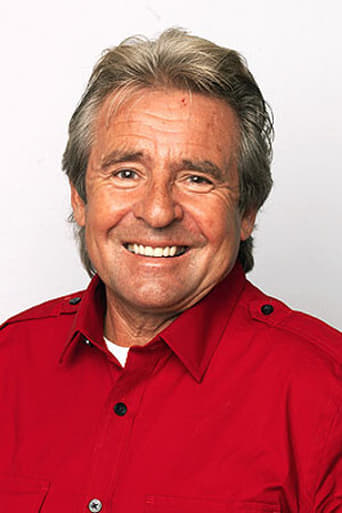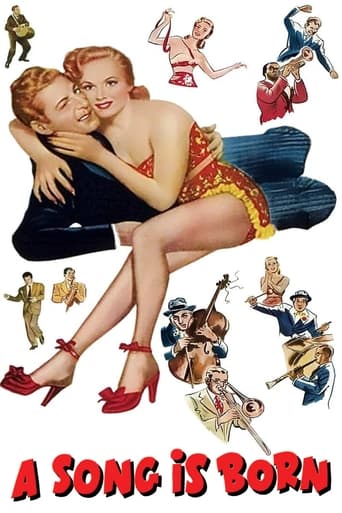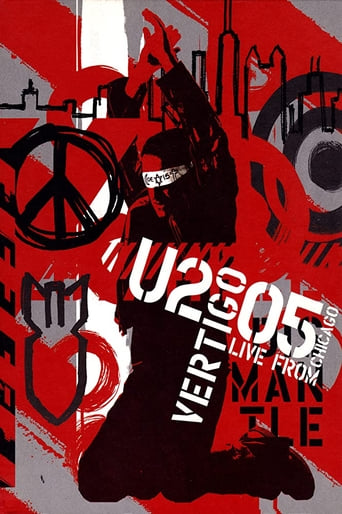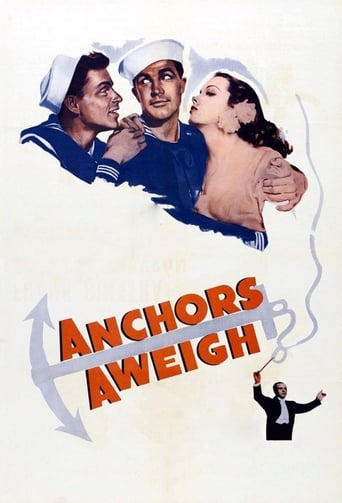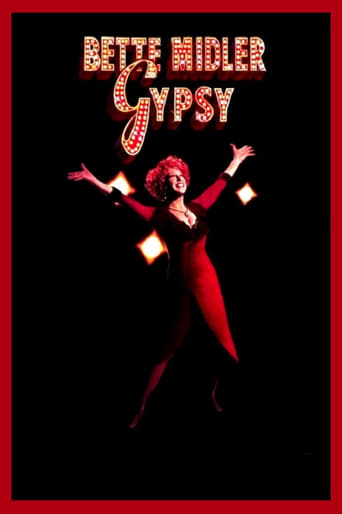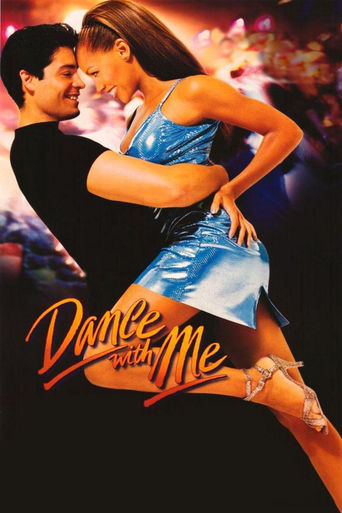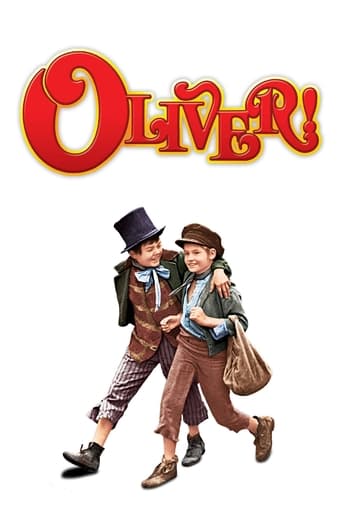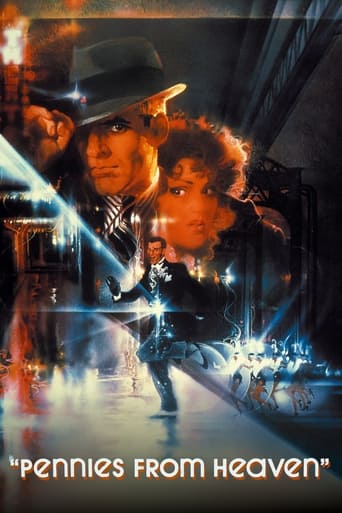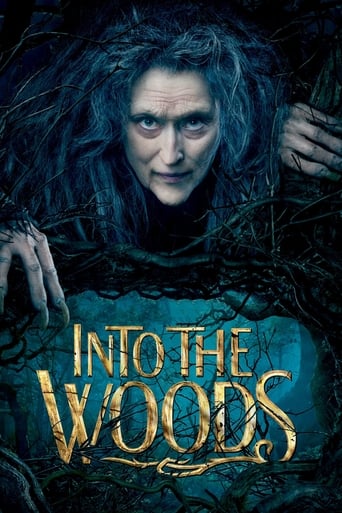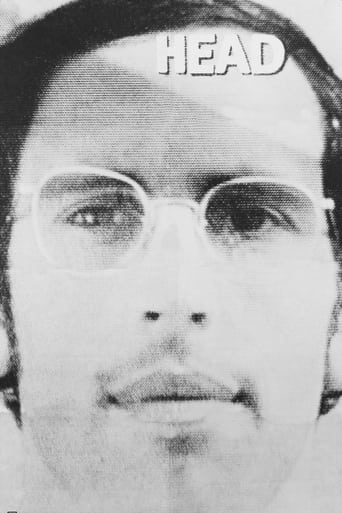
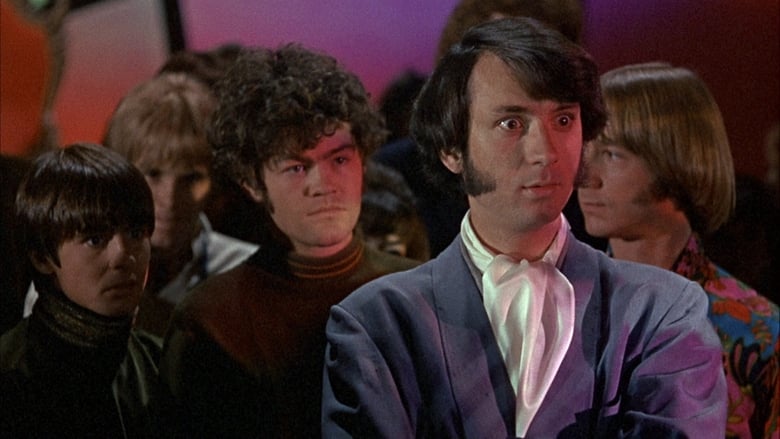
Head (1968)
In this surrealistic and free-form follow-up to the Monkees' television show, the band frolic their way through a series of musical set pieces and vignettes containing humor and anti-establishment social commentary.
Watch Trailer
Cast
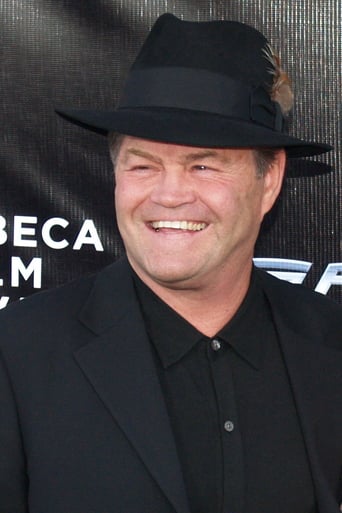


Similar titles
Reviews
1968's "Head" is certainly a unique experience, one's enjoyment not necessarily dependent on one's feelings about The Monkees, perhaps the 60s' least appreciated band, despite the fact their heavy workload included a TV series, studio recordings, live performances, and daily promotional grind. This must be regarded as the film that The Beatles' "Magical Mystery Tour" aspired to be, a psychedelic freakout conceived by the group, along with producer/director Bob Rafelson, here making his feature debut after co-producing (with partner Bert Schneider) 58 television episodes, directing six himself. What's most interesting about the long awaited Monkees movie is that future superstar Jack Nicholson was very much in charge, though only listed as co-writer and co-producer with Rafelson. Still a jobbing actor with some writing credits behind him, Nicholson also wound up as 'Album Coordinator' for the soundtrack LP (issued Dec. 1, peaking on the Billboard charts at 45), with six songs interspersed with snippets of dialogue, a completely different experience than the movie itself. The Monkees were busy filming the first six months of the year (shooting began Feb 19), while their commercial fortunes were beginning a steady decline, the June 8 release of seventh single "D. W. Washburn"/"It's Nice to Be with You" a major flop without television exposure, the series now canceled by NBC. Among the many familiar faces are Vito Scotti, William Bagdad, June Fairchild (luscious suicide in bikini), and Frank Zappa (all from the TV series), plus Victor Mature as 'The Big Victor,' a jab at RCA Victor, distributor of the Colgems label; the character, in dismissing the four Monkees as dandruff in his hair, likely a well deserved swipe at the unapologetic Don Kirshner. The opening track is the haunting, sublime theme, "Porpoise Song," composed especially for the project by Gerry Goffin (who also produced) and Carole King, perhaps the most complex recording ever from the group (from Feb 26), featuring Micky's lead vocals backed by Davy's harmonies (Leon Russell on keyboards). Next up is Michael Nesmith's "Circle Sky," also composed for the film, recorded live in Salt Lake City May 17, Nesmith on guitar, Tork on bass, Dolenz on drums, Jones on percussion, while the album featured an earlier studio recording from Dec 9 1967 (which had Nes on guitar, organ, and percussion). Peter Tork was duly represented by two songs (playing guitar on both), the first being the mystical "Can You Dig It" (recorded Jan 28), Micky's vocal replacing his own, and the blistering rocker "Long Title: Do I Have to Do This All Over Again," recorded Jan 25 (Davy harmonizing with Peter's lead vocal), featuring Peter's lookalike buddy Stephen Stills (The Buffalo Springfield) on guitar, regular Springfield drummer Dewey Martin doing the honors on both. Speaking of the Springfield, Neil Young contributed guitar on five separate Monkees tracks, here heard on "As We Go Along" (recorded May 30), composed by Carole King and Toni Stern, which also featured Ry Cooder on guitar. This warm romantic ballad sung by Micky featured prominently as the B-side of the eighth single (issued Oct 5), charting at 106, while its A-side, "Porpoise Song," at 62 became the first Monkees single not to make the top 40 ("D. W. Washburn" charted at 19, its flip, "It's Nice to Be With You," at 51). Davy's one lead vocal is "Daddy's Song," Harry Nilsson's bittersweet lament of his own childhood, far removed from his theme "Best Friend" from THE COURTSHIP OF EDDIE'S FATHER. Originally recorded Jan 10 with Nesmith's lead vocal, adding both acoustic and electric guitar, Nilsson on piano. A musical pastiche of the 1920s, Davy dances to it in a dazzling display of black and white, joined by choreographer Toni Basil, who later had a number one hit in 1982 with "Micky," inspired by Micky Dolenz perhaps? In a nod to the future, one candid scene brings together Rafelson, Nicholson, and Dennis Hopper, their next project together the biker classic "Easy Rider." Raybert's farewell to the band they brought together remains bittersweet, taking potshots at the group's prefabricated image, a far more deserving sendoff than the subsequent 33 1/3 REVOLUTIONS PER Monkey.
I love The Monkees, probably the most underrated pop group of all time. Well known for being TV darlings in the '60s, but not as well known for trying their best to shake off the image by actually playing their instruments in concert (unlike the pop stars of today, but that's for a different website), writing their own songs, supporting some major breakthroughs in music like the Moog Synthesizer, and helping give (at the time) struggling artists like Frank Zappa, Tim Buckley, and Harry Nilsson a fair shake.And for the evidence to everything I just said, look no further than 'Head', considered by many Monkees fans (including this one) and the Monkees themselves to be their crowning achievement. Yes, it is a plot less mess, but it's on purpose (or could you say "on porpoise"? Sorry had to get that joke out. Yes, it is terrible, but on porpoise. D@MN! Did it again, sorry, back to the review...) But within this plot less mess are some great shots taken at the entertainment industry, the faux spirituality that seems to run rampant with celebrities (And this was 35 years before Tom Cruise was promoting Scientology!) and the political climate of 1968. For example; the dandruff commercial, Mickey torpedoing the Coke machine, the War! cheer, the punching scene, the black box, the Swami and Peter know-nothing speeches, the Frank Zappa and Cow commentary. All present various allegorical statements on their treatment in the media, and what they've come to know in the world of fame, and are done brilliantly.As for the music and their accompanying scenes, top notch! First the Monkees' Theme parody "Ditty Diego-War Chant" is set to random television gridlock imagery. The scene for Mike Nesmith's "Circle Sky", intermingles footage of prepubescent female hormonal cacophony from a live Monkees show with the footage of war, "Porpoise Song" (written by classic songwriting team Carole King and Gerry Goffin), a song that's up there with the trippiest of pop songs, is set to solarized negative images of Mickey Dolenz and 2 mermaids, emphasizing the song's psychedelic nature. Great cover of Harry Nilsson's "Daddy's Song" set to an equally visually stunning dance number by Davy Jones and Toni Basil. "Can You Dig It?" by Peter Tork set to Middle-Eastern belly dancers. King & Goffin's serene "As We Go Along" is set to slow motion footage of The Monkees in the woods. And "Long Title: Do We Have To Do This All Over Again?" gets the best scene of all by subtly being overtaken by Mike Nesmith's grief during the trippiest of tripped out parties, only to end suddenly with Mike Nesmith berating everything, including Christmas! So, in a nutshell, expect everything you know and love about the Monkees to be shattered! But enjoy this ride, in a present state or an altered one!
For once, the qualifier "____ on acid" works here. This truly is "Hard Day's Night etc. etc.", with not only psychadelica and "grooviness" all the way, but true philosophic discourse and existential wonderment that will make you think as much as it will make you laugh.Imagine tripping to an episode of the Brady Bunch while pondering the nature of reality vs. illusion. It's all here in Head, but you must be warned: it is a trip, and as such, comes with as many lows as highs. There are certainly moments of nightmarish quality, but overall, it's worth the ride. It's just surprising that a group like the Monkees would be involved in such an undertaking, and probably a large reason this movie has never been taken more seriously or acknowledged as something truly special.Best not to learn too much about it before you see it except to know that it stars the Monkees, is co-written by Jack Nicholson (back in the day), and directed by Bob "Five Easy Pieces" Rafelson. It'll make you laugh, it'll make you rethink your entire perspective of media and the 60's, and might even scare you a few times with a sense of "the Fear" that is mixed wonderfully with beatific music that will also make you rethink the music of the Monkees (and whether or not they actually play or not is moot; it's truly great stuff). If Oliver Stone (in the 90's) and Quentin Tarantino were to get together and produce their own series of Monty Python episodes, it would end up something like this... as long as it were shot like and used the musical ques of sitcoms from the mid-60's. Enjoy... But be careful... You will be surprised.
Dada is an art movement that emerged following World War I, a response to the unimaginable brutality and utter destruction of Europe. Dada artists were determined to regain a sense of decency, normalcy, humanity by countering the previous years destructive insanity with their own creative insanity. They were challenging society's outdated, ineffectual, corrupt customs and beliefs by way of absurd means. If the people could be made to see the senselessness of war through the artist's outrageous, sarcastic, demented antics, then maybe war, and other hypocritically destructive behavior, could be prevented in the future. Sane, rational, intelligent means had proved futile so why not give total looniness a fair shot.And that's the deal with "Head" - a valiant, heroic, deranged declaration of peace; a flower in the rifle barrel of polite society's attitude about war. Because America still couldn't understand in simple logic just how preposterous it was to pursue such a pointless, corrupt war (How corrupt? Well, look it up and you'll read the horribly tragic history of failures of leadership, political deceit, and corporate meddling), then absolute wackiness would be the weapon of choice in fighting for the end of US involvement in Vietnam. There's profound logic and genuine sentiment behind, beneath, around and within all the vaudevillian antics on screen. Be warned: You'll laugh only long and hard enough that the real story is permitted entry. This comical Trojan Horse carries within it a potent time bomb of higher consciousness. The Monkeys were subverting their image as carefree, witless clowns, whose only concerns were fun and girls and more fun. It was an image as paper thin and as absurd as the official "story" of Vietnam that was being dumped on a naive populace every night. The national newscasts were still proudly extolling the unqualified successes of our valiant troops, while independent reports from non-mainstream media were describing a much different, much less noble situation. The US was losing, and losing badly. It had become apparent to anyone who wasn't blinded with raging patriotism that we were stuck in an impossible war. The lies our government and leaders were telling us were about to be revealed, and it would be just so hard for so many people to accept. Too hard.So yes, this is largely a bit of promotional hype further inflating that billowing parade float that was the Monkey's image, but the air it's pumping is deadly toxic. There are plenty of images and moments that catch you off guard, stun you with awful reality. Bob Rafelson and Jack Nicholson (who co-wrote) had some very gritty, harsh things on their minds. Some people feel that Bob was actually hoping to permanently destroy an ungrateful Monkey's career, and it seems he just may have succeed, if you consider what very little work any of the four fellows thereafter did. This dubious aspect aside, you may actually begin to think about things - as they were, and as they are, and as they probably will continue to be. Yes, it has a very serious side, and that's the funniest thing about Head.



